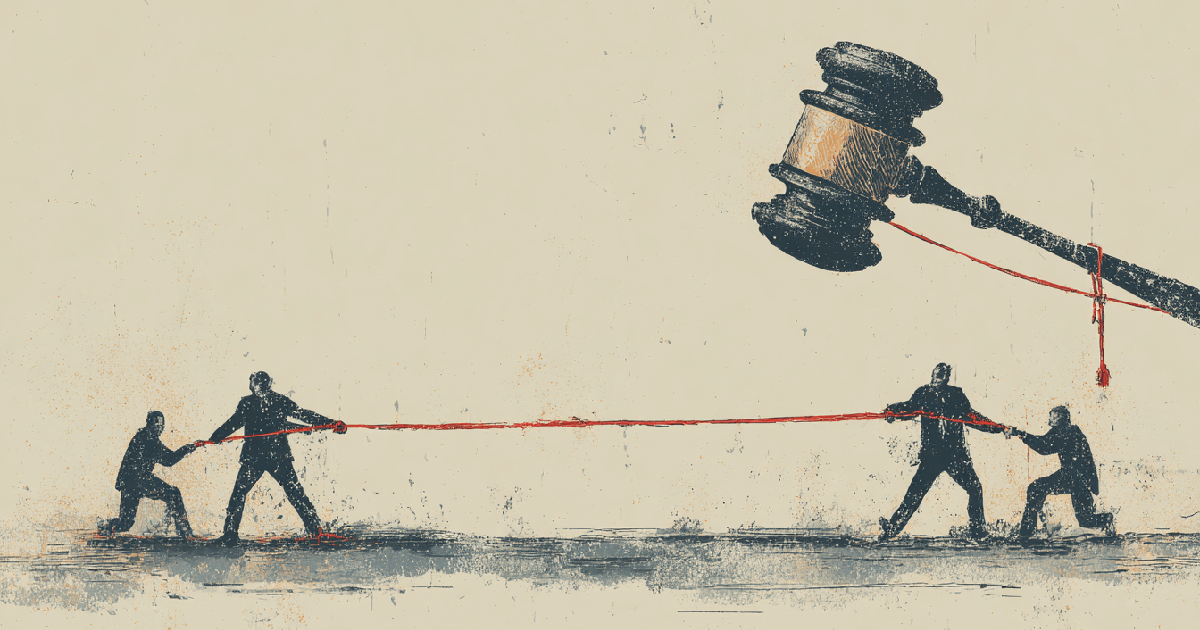What is Contested Liability?

What is Contested Liability?
Contested liability refers to a situation where the defendant disputes responsibility for causing the plaintiff’s injuries in a personal injury case. Instead of admitting fault, the defendant argues that they were not negligent, that someone else was to blame, or that the plaintiff was partially or entirely at fault.
When liability is contested, it can significantly impact how the case proceeds—often requiring more investigation, expert testimony, and possibly a trial.
What does it mean when liability is contested?
When liability is contested, the defendant is saying: “I’m not responsible for what happened.” This may be based on factual disagreements, legal defenses, or challenges to the plaintiff’s evidence. Contested liability cases usually involve more litigation effort to prove who was at fault, especially when both parties have conflicting accounts of the incident.
It’s a common defense strategy used to reduce or avoid paying damages.
Defendant denies fault for the accident or injuries.
Blame may be shifted to the plaintiff or a third party.
Additional evidence and expert analysis are often required.
Can delay settlement and lead to trial.
Why would a defendant contest liability?
Defendants—and especially their insurance companies—may contest liability to avoid financial responsibility or to reduce the value of a claim. This strategy is often used when fault is unclear, when the plaintiff lacks strong evidence, or when the defense believes the plaintiff was partially negligent.
In states with comparative negligence laws, contesting liability can help reduce the defendant’s payout.
Challenge the plaintiff’s version of events.
Argue that the plaintiff caused or contributed to their own injury.
Claim the accident was unavoidable due to weather, mechanical failure, etc.
Use as leverage in settlement negotiations.
How do you prove liability in a contested case?
In a contested liability case, the plaintiff must present compelling evidence that shows the defendant was negligent and directly caused the injury. This typically involves collecting police reports, eyewitness statements, photos, videos, medical records, and expert opinions. The stronger the evidence, the harder it is for the defense to dispute liability.
If the case goes to trial, the jury decides who was at fault based on the facts.
Accident reports and physical evidence help establish fault.
Witness testimony can support or contradict either side’s version.
Expert reconstruction may be used for complex accidents.
Medical evidence links the incident to the injuries claimed.
What happens if both parties are partially at fault?
If both the plaintiff and defendant share responsibility, most states apply comparative negligence rules. The court assigns a percentage of fault to each party, and the plaintiff’s compensation is reduced accordingly. In a few states with contributory negligence, the plaintiff may recover nothing if they were even 1% at fault.
Understanding your state’s negligence laws is key in contested liability cases.
Pure comparative negligence: Plaintiff can recover even if 99% at fault.
Modified comparative negligence: Recovery barred if plaintiff is 50% or more at fault.
Contributory negligence (rare): Any fault by plaintiff = no recovery.
Fault percentages are decided by the jury or judge.
Conclusion
Contested liability means the defendant disputes being at fault for the plaintiff’s injuries. These cases often involve complex legal arguments, detailed evidence, and sometimes a trial to determine who was truly responsible. Plaintiffs facing contested liability should work closely with a personal injury attorney to build a strong case and protect their right to fair compensation.
What does contested liability mean?
Contested liability means the defendant denies responsibility for the plaintiff’s injuries and argues that they were not at fault or that someone else caused the harm.
Why would an insurance company contest liability?
Insurance companies often contest liability to avoid or reduce payouts, especially if the facts are unclear or if the plaintiff may share some blame.
Can a case settle if liability is contested?
Yes. Many contested liability cases settle after discovery, expert review, or mediation clarifies the strengths and weaknesses of each side’s case.
What happens if both parties are partially at fault?
In that case, the court may apply comparative negligence rules and reduce the plaintiff’s compensation based on their percentage of fault.
Featured Articles
-
Glossary
What Is Negligence Per Se?
What Is Legal Malpractice? Negligence per se is a legal doctrine that applies when a defendant violates a safety statute or regulation that was.
-
Glossary
What Is a Motion for Summary Judgment?
What Is Legal Malpractice? A motion for summary judgment is a formal request asking the court to decide part or all of a case.
-
Glossary
What Is Mediation?
What Is Mediation? What Is Mediation?Mediation is a form of alternative dispute resolution (ADR) where a trained, neutral mediator helps disputing parties negotiate and.